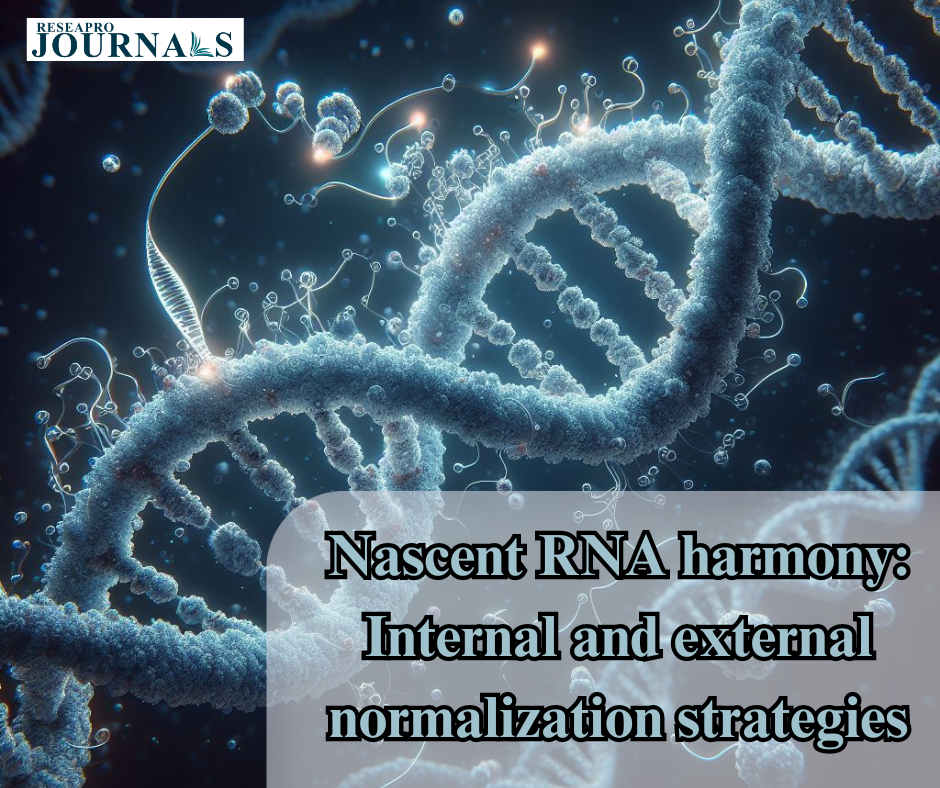|
Getting your Trinity Audio player ready...
|
Nascent RNA sequencing run-on experiments play a crucial role in deciphering the dynamic transcriptional landscape of cells. To ensure accurate and meaningful interpretation of these experiments, the normalization process is pivotal. This study focuses on both internal and external normalization techniques, aiming to harmonize nascent RNA sequencing data and extract reliable insights into cellular transcriptional activities.
Body:
Internal normalization involves referencing the nascent RNA signal to factors intrinsic to the experiment, such as housekeeping genes or transcriptional activity metrics within the same sample. This approach mitigates variations arising from experimental conditions and technical biases, providing a more robust foundation for comparing nascent RNA levels across different genomic loci.
External normalization, on the other hand, involves normalization against exogenous standards or spike-ins. This method accounts for global variations between samples, ensuring that the nascent RNA sequencing data reflects biological differences rather than experimental artifacts. Employing both internal and external normalization strategies offers a comprehensive approach, capturing both local and global nuances in transcriptional dynamics.
These normalization techniques collectively enhance the accuracy and reliability of nascent RNA sequencing results. They provide researchers with a clearer understanding of the real-time transcriptional activities within cells, aiding in the identification of regulatory elements and the characterization of transcriptional responses under different conditions.
Conclusion:
In conclusion, the internal and external normalization of nascent RNA sequencing run-on experiments is pivotal for obtaining precise and biologically meaningful insights. By addressing both local and global variations, these normalization techniques contribute to the robustness of the data, allowing researchers to unravel the intricacies of transcriptional dynamics with confidence. As nascent RNA sequencing continues to be a cornerstone in molecular biology, refining normalization methods ensures that the data generated is a true reflection of cellular transcriptional activities.




